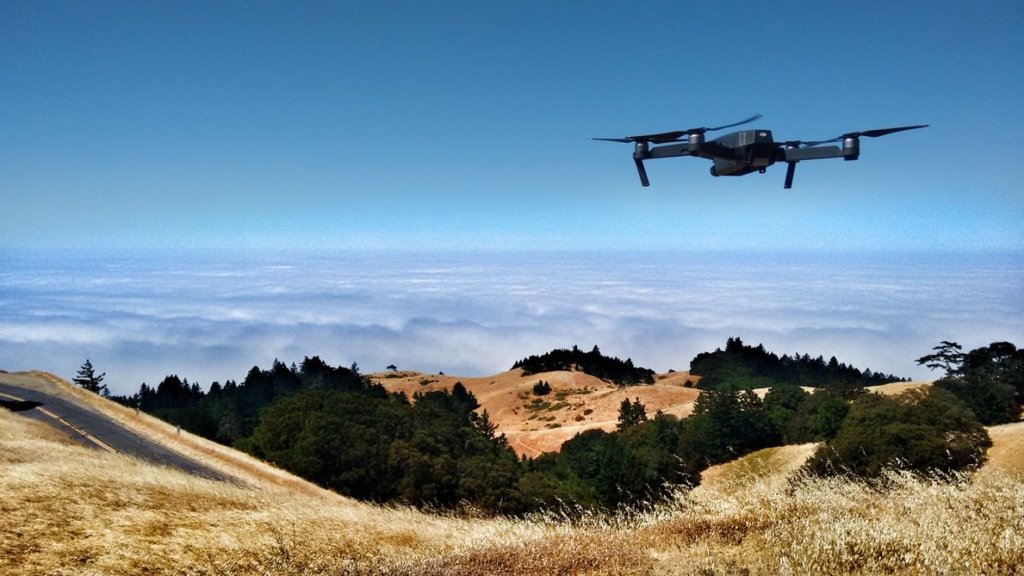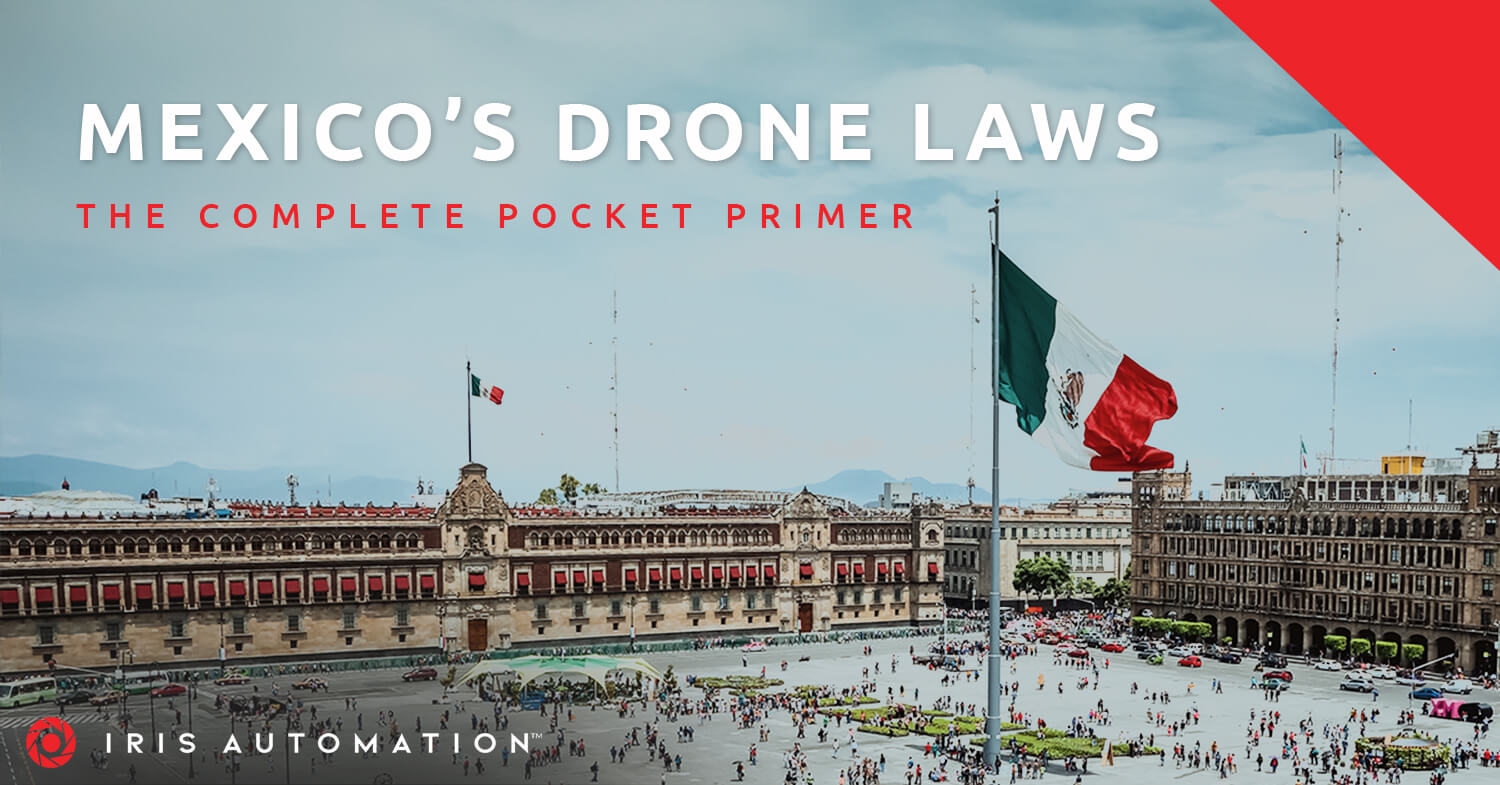Mexico is an incredible place to fly uncrewed aerial vehicles (UAVs), more commonly known as drones. The country offers a wide amount of geodiversity, ranging from lush, tropical jungles and arid deserts to mountainous regions and vast stretches of coastline.
That said, there are a few things you need to be aware of when flying drones in Mexico. Here’s everything you need to know to get started.
Can You Fly Drones in Mexico?
Unfortunately, Mexican law does not permit tourists to bring their drones into the country or operate them on Mexican soil. At the time of writing, only Mexican citizens can fly drones. This applies to drones of all sizes.
Attempting to break this rule is not advised. Trying to fly a drone in Mexico as a foreigner could result in serious legal consequences and penalties.
So, if you’re looking to fly a drone somewhere new on your next vacation, you may want to look to a different country.
Top Drone Regulations in Mexico to Consider
If you’re a Mexican citizen who’s thinking about flying drones, here are some of the rules that you need to follow to make sure you operate your UAV legally.
Weight restrictions
Small drones under 250 grams can fly without a permit or a license. However, anything over 250 grams requires registration with Mexico’s Agencia Federal de Aviación Civil (formerly Directorate General of Civil Aeronautics). All Mexican citizens over the age of 18 can register with the Agencia Federal de Aviación Civil (AFAC) as long as they have a valid government ID.
Weather
Mexico also requires citizens to fly drones in optimal weather. Flying a drone during rainy or overly windy conditions is not advisable and could potentially cause damage to your drone.
Hours
If you’re looking to capture aerial vistas of the night sky from the Mexican desert, you won’t be able to. Mexico restricts drone usage to daytime hours. Too bad!
This is something that’s consistent with most countries. And it’s done primarily for safety purposes. Flying a drone at night is dangerous because most drones still require visual line of sight (VLOS), meaning the drone needs to stay within the operator’s direct line of vision at all times. Of course, this is hard to do at night.
Height
Drones are not allowed to fly more than 121 meters above the ground. Flying above this height is possible, but you will need to obtain permission from the AFAC in advance.
Restricted airspace
As with most countries, you can’t fly drones in restricted airspace near airports, military bases, or government buildings.
Make sure to check the map before flying in order to avoid accidentally venturing into unauthorized airspace. Otherwise, your actions may trigger a rapid response from law enforcement, resulting in fines or arrest.

Flying Commercial Drones in Mexico
Commercial drone use is becoming increasingly popular among Mexican businesses. This is even more true among utility providers that are using drones to fix and monitor power lines.
Over the next few years, drones will continue to play a more prominent role in the Mexican economy. In large part, this is because more organizations will begin using them for operations like deliveries, security and law enforcement, and surveillance and data collection, among other things.
Over the next few years, drones will continue to play a more prominent role in the Mexican economy.
Businesses are not required to obtain clearance for small drones. However, drones weighing more than 250 grams require registration with the AFAC.
What’s more, businesses are not advised to fly large drones without registering with the AFAC. It’s also a good idea to check with local authorities to avoid any potential complications. After all, you want your drone flying time to be profitable and seamless.
Tips for Flying Drones in Mexico
Here are some tips that drone enthusiasts should keep in mind when flying UAVs in Mexico.
Avoid Flying Drones Near the US border
The US border is a hotbed for activity. In fact, government agencies on both sides regularly patrol and use advanced technologies to monitor for activity. Using a drone anywhere near the US border is asking for trouble. As such, it’s not advised. Attempting to do so could result in the drone getting seized or destroyed.
For the best results, always be smart when operating a drone and know your surroundings. Taking small precautions could avoid potentially dangerous or costly errors. And it can ensure you have a great time flying your drones, too.
Avoid Flying Drones Near People
When it comes to flying drones, keep safety and privacy in mind. For the best results, avoid flying drones near crowds of people—especially in urban areas.
Remember that drones are still a relatively new technology. As such, they can make people uneasy. For example, some people fear collisions, and rightfully so. And others worry about potentially winding up on camera without their consent or even knowledge.
Only fly drones near people or private properties when you have explicit permission to do so. Otherwise, you can get into trouble.
Obtain Limited Liability Insurance
It’s a good idea to get limited liability insurance if you decide to operate a drone. Drones can fail and crash without warning, resulting in hefty damage.
Having insurance can protect you in the event of an accident. This could potentially save you thousands of dollars in damages.
Always Carry Your Permit
Always prepare for encounters with law enforcement ahead of time. Be sure to have your paperwork and identification ready to go. That way, you can quickly show law enforcement that you are in compliance with government regulations.
Whatever you do, do not attempt to fly a drone in Mexico without carrying identification. Otherwise, you could face stiff penalties.
Be sure to have your paperwork and identification ready to go.
Go BVLOS in Mexico
Right now, most drones are VLOS. However, there is a growing need for beyond visual line of sight (BVLOS) deployments, particularly among businesses that need to use drones for large-scale deployments and long-distance operations.
If you wish to go beyond visual line of sight, you will need advanced clearance from the Mexican government. It also requires having the right technology to help you safely and efficiently operate a drone without maintaining visual line of sight.
Iris Automation is a global leader in cutting-edge BVLOS technology. Iris offers the Casia® system, with groundbreaking detect-and-avoid technology and 360-degree radial computer vision.
Casia uses industrial cameras to observe surroundings and gain situational awareness. In addition, Casia can process large volumes of data in real time, which helps avoid collisions in midair while maintaining communication with base operators.
Key Takeaways: Flying Drones in Mexico
Mexico has a bright future for drones. Hopefully, the country will open drones up to tourists one day. As they continue improving in the coming years, it’s reasonable to think that tourists will be allowed to use drones sooner or later.
In the meantime, here’s a recap of what Mexican citizens should keep in mind when flying drones.
- Avoid flying in bad weather and at night
- Watch your height and stay under 120 meters
- Check the weight of your drone and consider running it by local law enforcement, just to be safe
- Determine whether to buy insurance
- Keep drones away from crowds and restricted airspace
- Always carry your permit
- Avoid flying your drone near the US border
- Have a great time!
Ready to continue your learning? Head over to Iris Automation’s resource center to soak up additional drone knowledge. Happy flying!
This post was written by Justin Reynolds. Justin is a freelance writer who enjoys telling stories about how technology, science, and creativity can help workers be more productive. In his spare time, he likes seeing or playing live music, hiking, and traveling.

